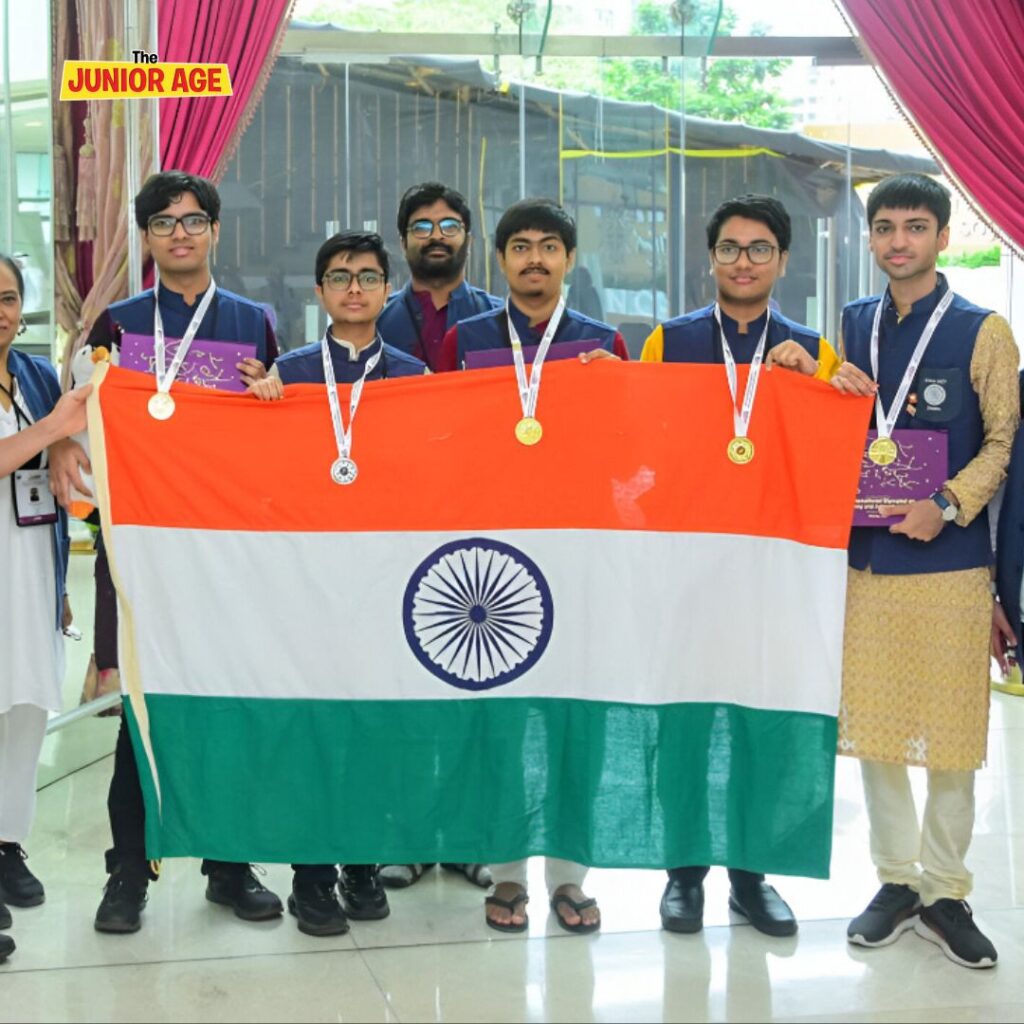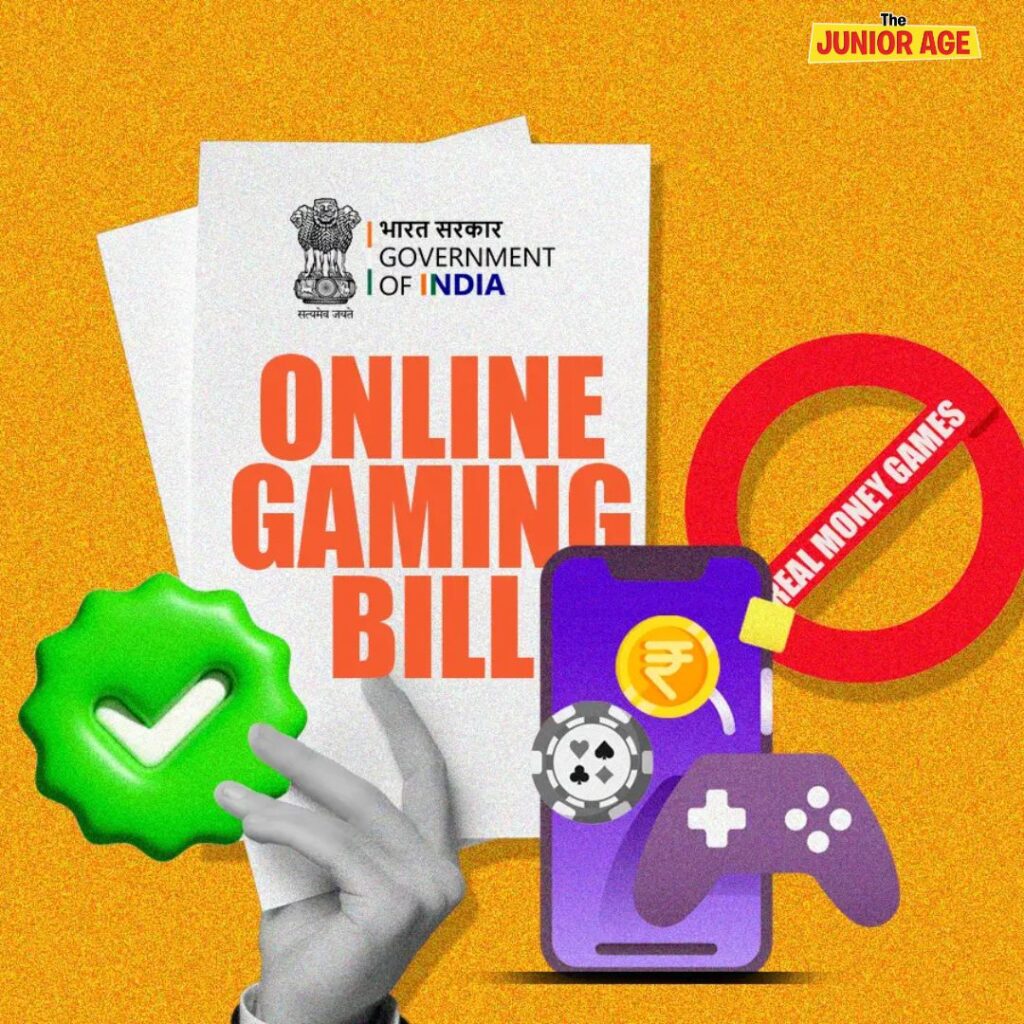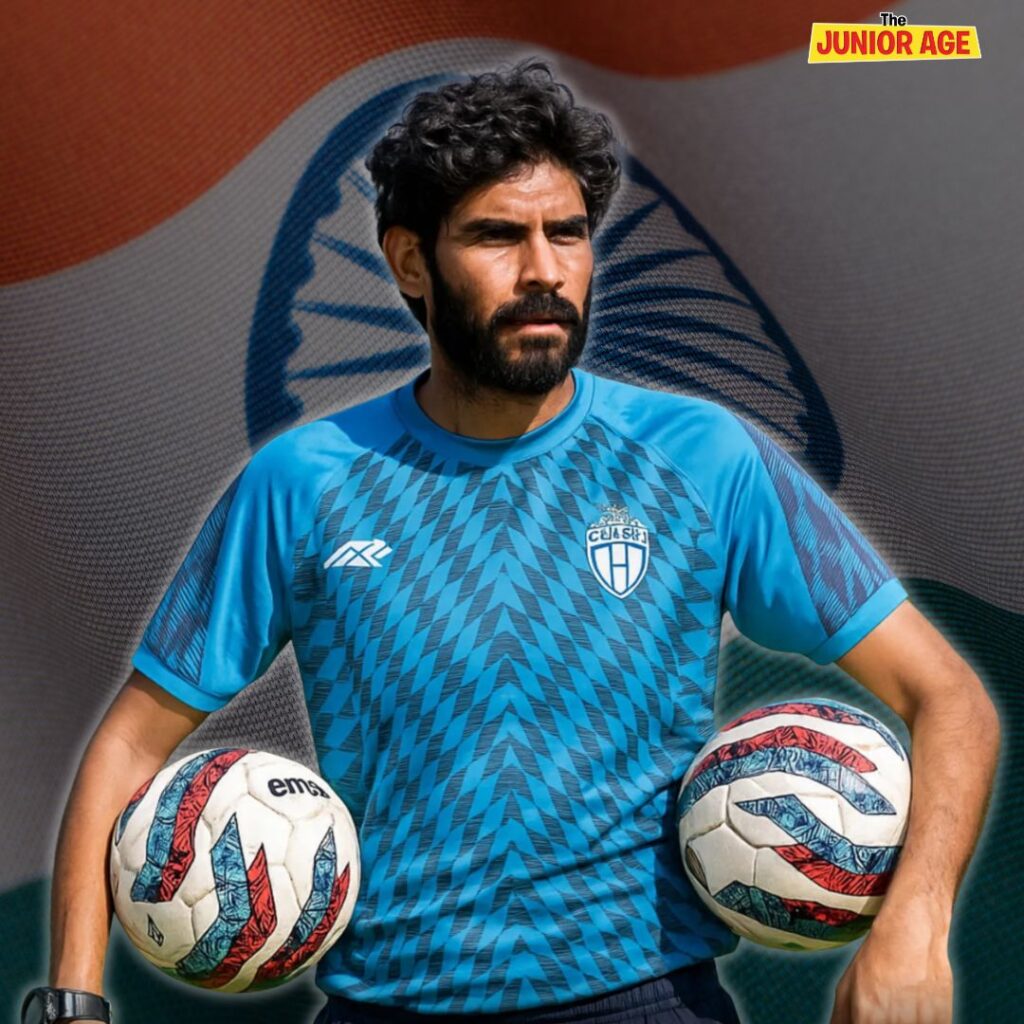Mirabai Chanu Wins Gold at Commonwealth Weightlifting Championships 2025
Indian weightlifting star Mirabai Chanu delivered a historic performance at the Commonwealth Weightlifting Championships 2025 in Ahmedabad on August 25, […]
Mirabai Chanu Wins Gold at Commonwealth Weightlifting Championships 2025 Read More »






